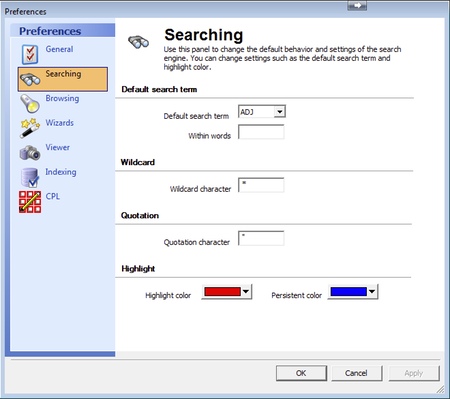Today's issue of TL NewsWire covers software for reviewing and producing scanned and native discovery documents in small to midsize lawsuits (see article below), and three competing cloud practice management applications with new billing features. Don't miss the next issue.
REVIEW PAPER AND ELECTRONIC DOCUMENTS IN THE SAME SOFTWARE
Parties and other witnesses create electronic evidence long before litigation. By contrast, these people enter depositions coached and guarded. Clearly, the best evidence often exists in email, social media, etc. yet most litigators ignore this evidence, especially in small cases. Accordingly, a golden age currently exists to create an unfair advantage for your clients provided you have capable and cost-effective document review software.
LexisNexis Concordance Traditional 10.20 … in One Sentence
Launched this week, LexisNexis Concordance Traditional 10.20 (Concordance) is document review software for litigation.
The Killer Feature
Concordance got its start during the era in which paper documents were scanned and then converted into PDF or TIFF format. It still handles paper documents, including the ability to make them searchable via OCR. But Concordance also handles electronic documents, including email.
The new version's Find Attachments feature enables your searches to list both relevant email messages and attachments. You can search attachments separately if you prefer or automatically include attachments in your searches.
Regardless of how you choose to search, you'll find a significant speed boost. Also, you can batch tag email and attachments with one or more issue codes for later retrieval.
Other Notable Features
Concordance has a new Database Creation Wizard to help you get started. You choose from Load File, E-Documents, or Email. After that, the Wizard walks you through the rest of the process. You can use the Wizard as often as necessary to import all the data you've collected from your client or received from opposing counsel.
Concordance imports metadata along with the documents. You can add missing metadata and supplement the metadata. The new Edit Layout feature enables you to customize Concordance to display only the metadata fields you need.
Also new is Persistent Search. As its name implies, you can search for a term that you definitely need such as the name of a witness. The relevant documents persist after which you can search for other terms within your persistent search. You can have Concordance display your persistent search terms in one color and your other search terms in a different color.
Introduced in the previous version, Concordance Native Viewer is the area of the software in which you perform most of your work. You can view, annotate, and tag documents in virtually any format without having to convert them, and then export documents for depositions, productions, etc. in PDF or TIFF format.
LexisNexis has added two new features to Concordance Native Viewer — Sticky Rotate and Sticky Zoom. The former keeps documents rotated in the correct orientation while the latter maintains any zoom settings you apply. You can revert back to the original rotation and zoom anytime.
What Else Should You Know?
Concordance runs on Windows XP, Vista, and 7. LexisNexis sells it on a concurrent license model. This enables you to install it on everyone's computer so that anyone can use it when needed provided the total number of concurrent users remains at or below the license you purchased (you can boost the number of concurrent users if you underestimate your needs). Learn more about LexisNexis Concordance Traditional 10.20.
How to Receive TL NewsWire
So many products, so little time. In each issue of TL NewsWire, you'll learn about five new products for the legal profession. Pressed for time? The newsletter's innovative articles enable lawyers and law office administrators to quickly understand the function of a product, and zero in on its most important features. The TL NewsWire newsletter is free so don't miss the next issue. Please subscribe now.










